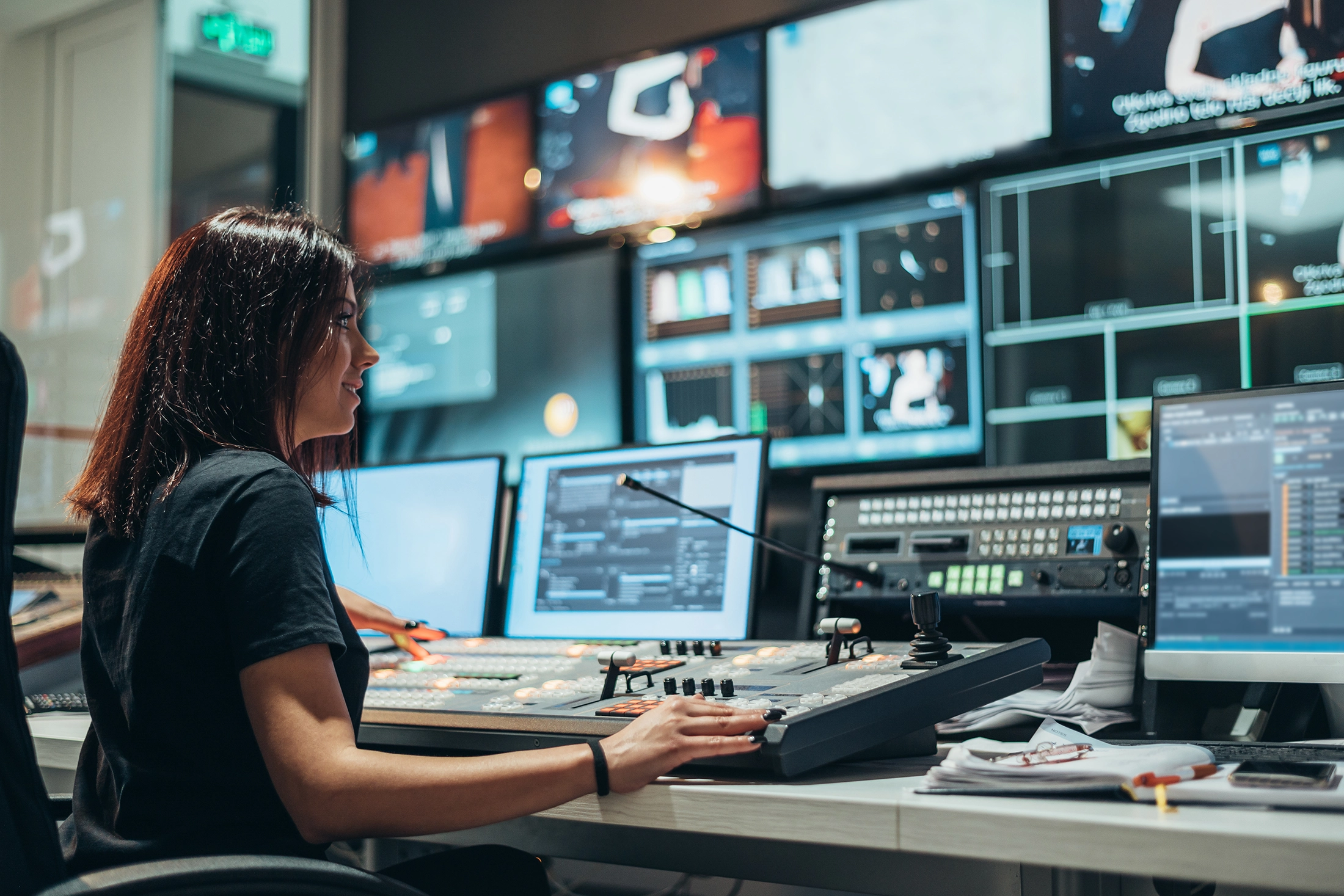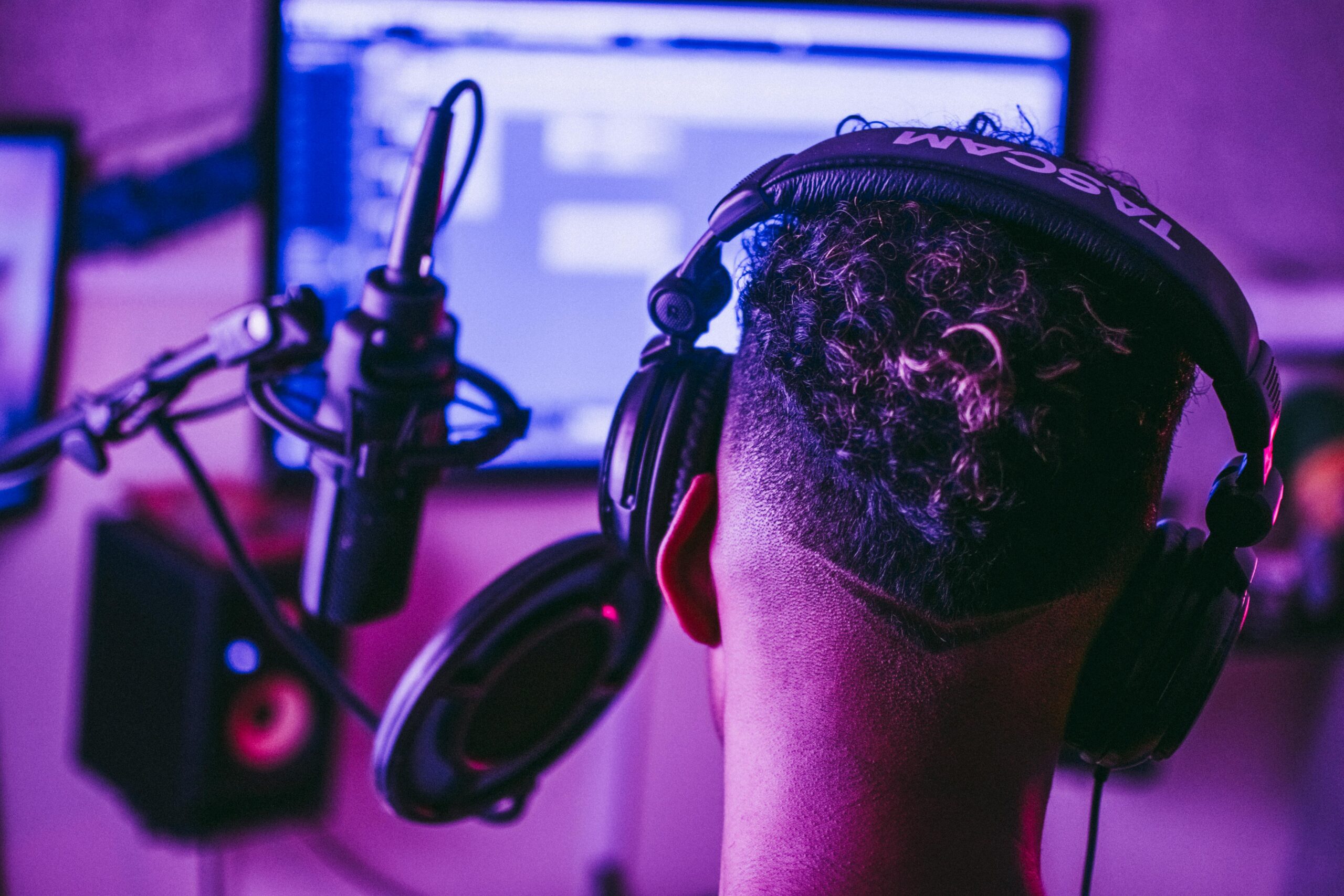
STUDIOS
Inside the Studios at Audio Recording Schools
It’s one thing to learn audio by watching tutorials or experimenting at home. It’s another thing entirely to step into a professional studio, sit behind a real console, and hit record on a session that actually matters.
At a legit audio recording school, the studios aren’t just for show — they’re where you’ll spend hundreds of hours getting hands-on with the gear, workflows, and real-world setups that the industry depends on every day.
Whether you’re into music, live sound, post-production, or content creation, here’s what to expect from the studio experience at audio recording schools — and why it’s where the real learning happens.
What Kind of Studios Do Audio Recording Schools Have?
Audio recording schools are designed to mirror professional environments, so you’re not just learning how things work — you’re learning how to work in them.
You’ll get access to a range of spaces, such as:
- Tracking studios for recording live instruments and vocals
- Mixing rooms with pro-level acoustics and monitoring
- Post-production suites for film, TV, and game audio
- Podcast and voiceover booths with broadcast-quality setups
- Live sound labs for FOH and monitor mixing practice
- Mastering rooms with high-end outboard gear
Each room is tuned, treated, and outfitted with industry-standard tools, giving you the confidence to walk into any real-world studio after graduation and know exactly what to do.
What Gear Will You Use?
Expect to get hands-on with the gear the pros actually use. Depending on your school, that might include:
Microphones
- Shure SM7B, Neumann U87, AKG C414, Sennheiser MKH416
- Dynamic, condenser, ribbon, and shotgun mics
Consoles and Controllers
- Avid S6 or S4 mixing surfaces
- SSL, Neve, or API analog consoles
- Control surfaces for Pro Tools, Logic, or Ableton
Outboard Gear
- Universal Audio, Manley, Avalon, API, Focusrite
- Compressors, EQs, reverbs, and effects processors
- Patch bays and signal routing for pro-level sessions
Digital Tools
- Pro Tools, Logic Pro, Ableton Live
- Waves, FabFilter, Slate Digital, Soundtoys
- Melodyne, RX, Auto-Tune, and other post tools
Monitoring
- Genelec, Yamaha, KRK, or Focal monitors
- Accurate headphones for tracking and editing
- Properly tuned rooms for true mix translation
In short: this is the same gear you’ll see in studios around the world.
Group Sessions & One-on-One Studio Time
You won’t just be watching someone else twist knobs. At an audio recording school, you’ll actually:
- Assist and lead tracking sessions
- Run the board during mixdowns
- Record vocals, drums, guitars, synths, and more
- Practice mic placement, gain staging, and signal flow
- Work with real artists, classmates, or even clients
Some schools also offer open lab time — letting you book studios to work on your own music, practice new techniques, or build your portfolio.
Learning by Doing (Not Just Watching)
The best part of studio training is that it’s hands-on from day one. You’ll make mistakes. You’ll fix them. You’ll try things, experiment, and slowly build the confidence to run a room on your own.
You’ll also learn things like:
- Studio etiquette and session prep
- Communication with artists and producers
- Backing up sessions and managing files
- Adapting to different workflows and deadlines
This kind of real-time training is what makes you studio-ready — not just knowledgeable, but hireable.
From the Audio Recording School Studio to the Real World
One of the goals of using professional-grade studios in school is to remove the learning curve once you graduate.
Whether you're interning at a commercial facility, freelancing, or setting up your own space, you’ll already know how to:
- Route signals through a patch bay
- Track, edit, and comp vocals efficiently
- Mix in stereo (or surround) in a tuned room
- Use session templates, recalls, and studio best practices
- Speak the same language as working engineers and producers
In other words: you won’t walk in as a beginner — you’ll walk in ready to contribute.
Why This Matters to You
You can’t learn how to engineer or produce in a vacuum. You need to be in the room — with the gear, the sound, the pressure, and the creative energy that make great audio possible.
When an audio recording school gives you access to pro studios, they’re giving you more than a learning space. They’re giving you a launchpad — a place to build skills, confidence, and a portfolio you can actually use in the real world.

STILL NOT SURE WHERE TO START?
Answer a few questions and find a program that fits your goals.

Leave a Comment: